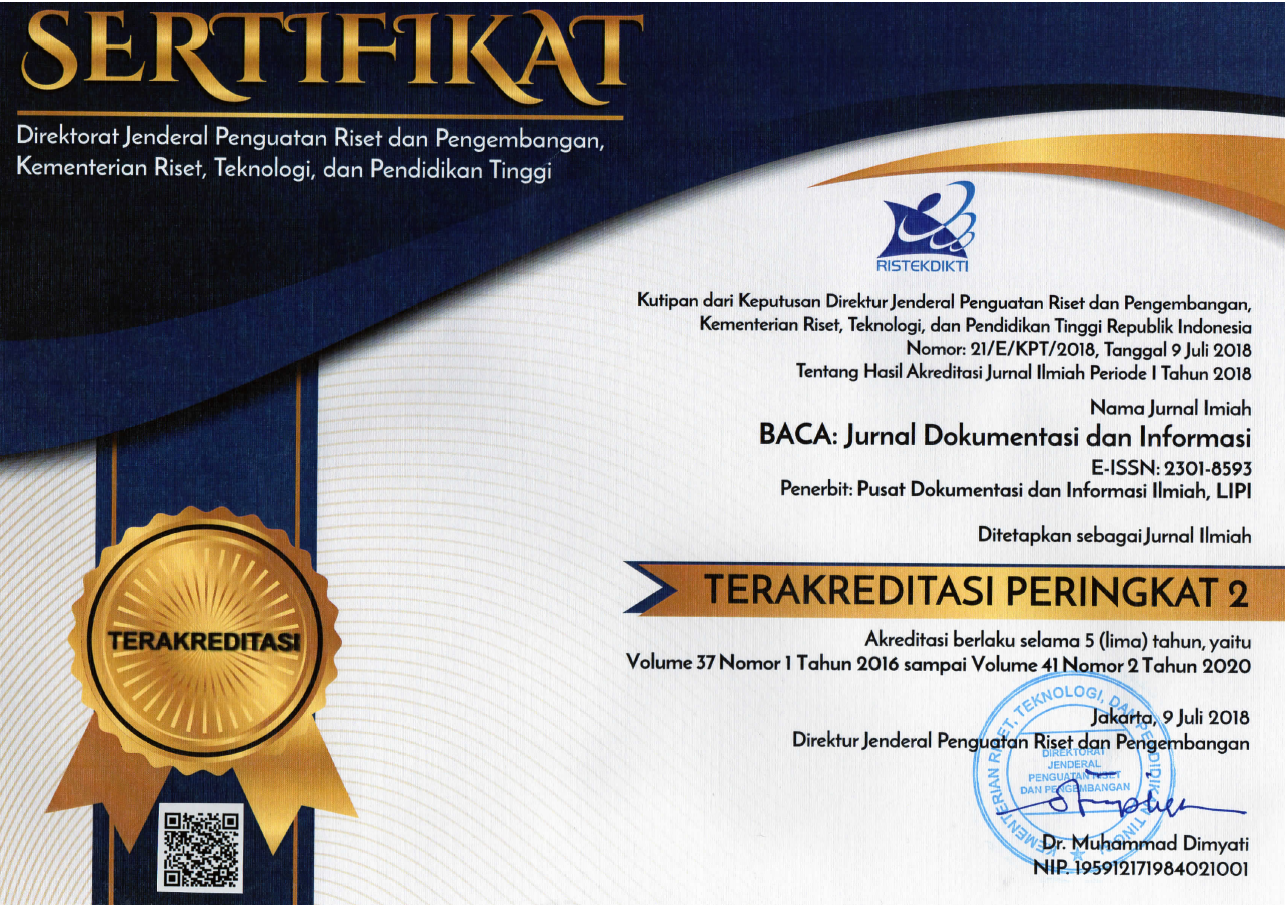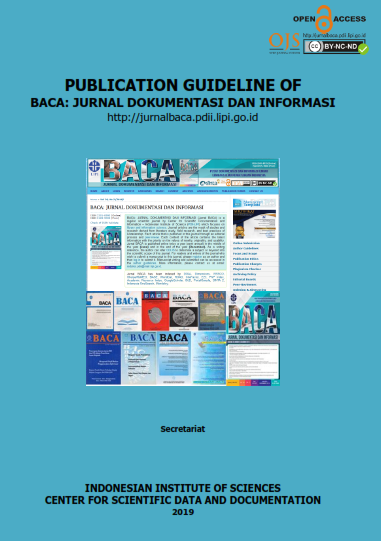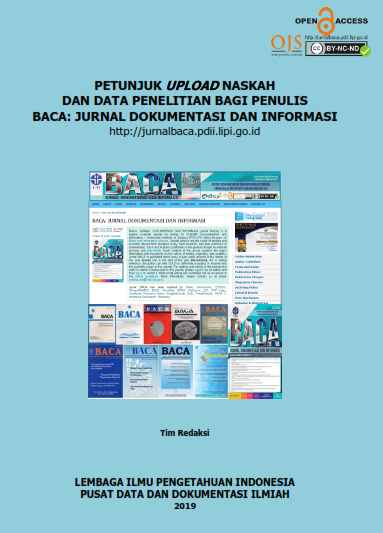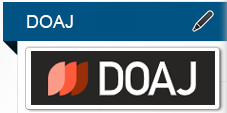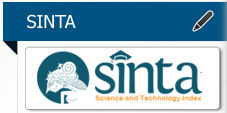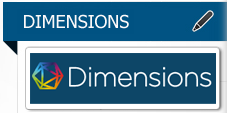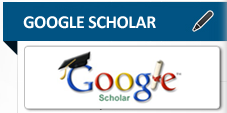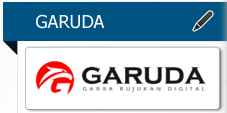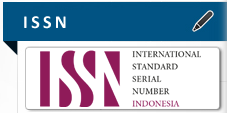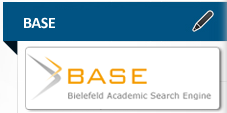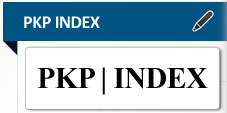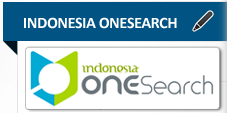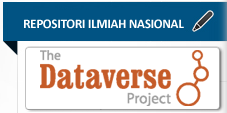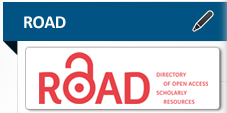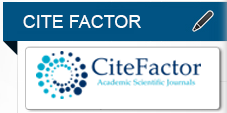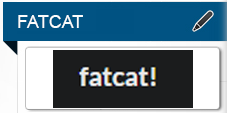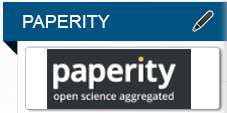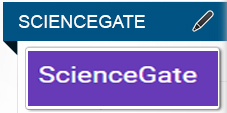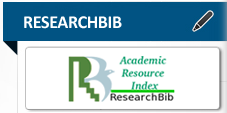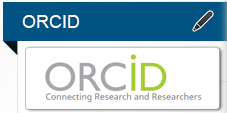LITERASI INFORMASI KECANTIKAN DI KALANGAN PENGGUNA FEMALE DAILY NETWORK
Abstract
The presence of Female Daily Network is giving convenience in accessing and sharing various information about the beauty. This research aims to know the information literacy among the users of Female Daily Network. This research uses descriptive quantitatives method. This research shows that information literation about beauty amongst users can be categorized as high with the average score of 75,95%. It indicates that this platform can fulfill the needs of beauty information by users. The majority of users consist of productive female adolescents who really need beauty information that supports their needs of daily life appearance, as well as to overcome various beauty problems.
Keywords
Full Text:
PDFReferences
Alodokter. n.d. Pemilihan Skin Care Untuk Wajah. https://www.alodokter.com/komunitas/topic/apa-yang-baik-untuk-kulit (accessed September 29, 2019).
Amanda, C., Prijana, P., & Yanto, A. 2017. Hubungan Perilaku Pencarian Informasi Perempuan dengan Kebutuhan Fashion. BACA: Jurnal Dokumentasi dan Informasi, 38(2). https://doi.org/10.14203/j.baca.v38i2.319.
Anunobi, C. & Udem, O.K. 2014. Information Literacy Competencies: A Conceptual Analysis. Journal of Applied Information Science and Technology, 7(2), 64–80.
Bartow, C. & Marion, J. n.d. TheBig6.Org. https://thebig6.org/ (accessed June 10, 2019).
Biradar, B. 2017. Information Literacy Model for Higher Education Institution in India. International Journal of Digital Library Services, 7, 31–50.
Bisnis Indonesia. n.d. Kemenperin: Produk Impor Kuasai Pasar Kosmetik. http://www.kemenperin.go.id/artikel/11943/Produk-Impor-Kuasai-Pasar-Kosmetik (accessed June 10, 2019).
Chetty, K., Qigui, L., Gcora, N., Josie, J., Wenwei, L., & Fang, C. 2018. Bridging the Digital Divide: Measuring Digital Literacy. Economics: The Open-Access, Open-Assessment E-Journal, 12, 1–20. https://doi.org/10.5018/economics-ejournal.ja.2018-23.
Hisle, D., & Webb, K. 2017. Information Literacy Concepts, 1–61. http://hdl.handle.net/10342/6411%0ADisplay/Hide MLA.
Ilahi, H.N. 2019. Women and Hoax News Processing on WhatsApp. Jurnal Ilmu Sosial dan Ilmu Politik, 22(2). https://doi.org/10.22146/jsp.31865.
Jeffrey, L., Hegarty, B., Kelly, O., Penman, M., Coburn, D., & McDonald, J. 2017. Developing Digital Information Literacy in Higher Education: Obstacles and Supports. Journal of Information Technology Education: Research, 10, 383–413. https://doi.org/10.28945/1532.
Kay, R.H. & Ahmadpour, K. 2015. Negotiating the Digital Maze of Information Literacy: A Review of Literature. Journal of Educational Informatics, 1, 1–25.
Laar, E.V., Deursen, A.J.A.M.V., Dijk, J.A.G.M.V., & de Haan, J. 2017. The Relation Between 21st-Century Skills and Digital Skills: A Systematic Literature Review. Computers in Human Behavior, 72, 577–88. https://doi.org/10.1016/j.chb.2017.03.010.
Li, Y., Zhang, Z., Peng, Y., Yin, H., & Xu, Q. 2018. Matching User Accounts Based on User Generated Content across Social Networks. Future Generation Computer Systems, 83, 104–15. https://doi.org/10.1016/j.future.2018.01.041.
Lim, M. 2018. Dis/Connection: The Co-Evolution of Sociocultural and Material Infrastructures of the Internet in Indonesia. Indonesia, 105(1), 155–72. https://doi.org/10.1353/ind.2018.0006.
Lombard, E. 2016. Information Fluency: Not Information Literacy 2.0. Journal of Academic Librarianship, 42(3), 281–83. https://doi.org/10.1016/j.acalib.2016.04.006.
Luthfia, A. 2018. Risiko Online pada Remaja dan Pendidikan Literasi Media Baru. Jurnal Communicate, 2(1), 13.
Markplus.inc. 2018. Zap Beauty Index. Markplus.Inc.
Newman, R., Chang, V., Walters, R.J., & Wills, G.B. 2016. Web 2.0—The Past and the Future. International Journal of Information Management, 36(4): 591–98. https://doi.org/10.1016/j.ijinfomgt.2016.03.010.
Pieri, M. & Diamantini, D. 2014. An E-Learning Web 2.0 Experience. Procedia - Social and Behavioral Sciences, 116, 1217–21. https://doi.org/10.1016/j.sbspro.2014.01.371.
Putri, R.D. 2017. Indonesia, Target Pasar Seksi K-Beauty di Asia. https://tirto.id/indonesia-target-pasar-seksi-k-beauty-di-asia-cyRj.
Sales, D. & Pinto, M. 2016. Pathways into Information Literacy and Communities of Practice: Teaching Approaches and Case Studies. India: Chandos Publishing.
Silvana, T., Fitriawati, F., & Saepudin, E. 2017. Study About Ability of Information Literacy Among Junior High School Students. Edulib, 7(7), 17–28.
Stock, W.G. & Stock, M. 2013. Handbook of Information Science. Kerpen: Walter de Gruyter.
Sugiyono. 2013. Metode Penelitian Kuantitaf Kualitatif dan R&D. Bandung: Alfabeta.
Sukritiani, D. 2014. Pengetahuan Tentang Kosmetika Perawatan Kulit Wajah dan Riasan pada Mahasiswi Jurusan Kesejahteraan Keluarga Fakultas Teknik Universitas Negeri Padang. Padang: Universitas Padang.
UNESCO. 2011. Digital Literacy in Education. Policy Brief.
Walter, S. 2007. Information Literacy Instruction: Theory and Practice (Review). Portal: Libraries and the Academy, 2(2), 344–45.
DOI: https://doi.org/10.14203/j.baca.v41i1.552
Copyright (c) 2020 BACA: JURNAL DOKUMENTASI DAN INFORMASI

This work is licensed under a Creative Commons Attribution-NonCommercial-NoDerivatives 4.0 International License.



